
There are Hollywood romances, and then there are superstar romances, and no superstar romance ever managed to cram as much scandal, star power and unabashed sexual attraction into one gaudy package as the affair, marriage, divorce, second marriage and second divorce of Elizabeth Taylor and Richard Burton. Their tumultuous liaison — before the marriages and divorces — famously began in 1962 on the set of the colossally over-budget epic, Cleopatra. Fodder for gossip columns and tabloids, all these years later their affair remains the gold standard for famous folks behaving badly on movie sets. (Of course, their behavior seems downright quaint, and even circumspect, compared to the squalid hijinks of many of today’s celebs.)
Here, on the 50th anniversary of the movie’s June 12, 1963, release in the U.S., LIFE presents a series of photographs — most of which never ran in LIFE — made on the Roman set of Cleopatra by photographer Paul Schutzer.
The story behind the making of Cleopatra is now, of course, part of movie lore. Originally budgeted at around $2 million, that number eventually ballooned to more than $30 million ($200 million-plus in today’s dollars) due to all sorts of issues — not least of which was that the sets, costumes and everything else had to be produced twice. The filmmakers originally began shooting in London, but were forced to move the entire production to Rome after six miserable months in England.
The Taylor-Burton romance, meanwhile, erupted early on in the filming. Both were married, but all available evidence suggests that neither worked very hard to hide their mutual attraction from anyone.
For example, in notes sent to LIFE’s editors by correspondent Nadine Liber, it’s clear that the two stars could not have cared less what anyone thought of their conduct.
“Liz, on set, looks absolutely relaxed,” Liber wrote from Rome in March 1962. “In between takes she stays always with Burton, who jokes with her all the time. … Whatever relationship there is between Liz and Burton, they’ve decided to make the fact they enjoy each other as obvious as the famous nose on Cleo’s face.”
[See more in the gallery, “Elizabeth Taylor: Photos From a Legendary Life.”]
Liber went on to note that when shooting her scenes, Taylor showed “an immediate and right understanding of what [director Joseph L.] Mankiewicz expects from her. … As someone said about Liz, ‘that woman has more power than Cleopatra ever had.’ Maybe that is why while Rex Harrison [Julius Caesar] and Richard Burton [Mark Antony] intellectualize and study their parts, Liz seems to let herself be herself.”
What many film buffs don’t remember about Cleopatra is that, while it remains one of the most expensive movies ever made and the cast and crew had to cope with some fairly outrageous distractions — Taylor and Burton not least among them — the film was not the unmitigated bomb of legend. It was nominated for nine Academy Awards and won four, while some reviewers, although certainly not the majority, praised it as a genuinely entertaining, impressively ambitious spectacle.
Taylor and Burton married (after divorcing Eddie Fisher and Sybil Williams, respectively) in 1964. Their first marriage lasted until 1974. They married again in 1975; that one lasted less than a year. Whether one considers them as two halves of the Romance of the Century or the Scandal of the Century, it’s clear that the two movie stars were both incapable of doing anything halfway.
[See all of TIME.com’s coverage of Elizabeth Taylor.]
Cover photo: Paul Schutzer—Time & Life Pictures/Getty Images
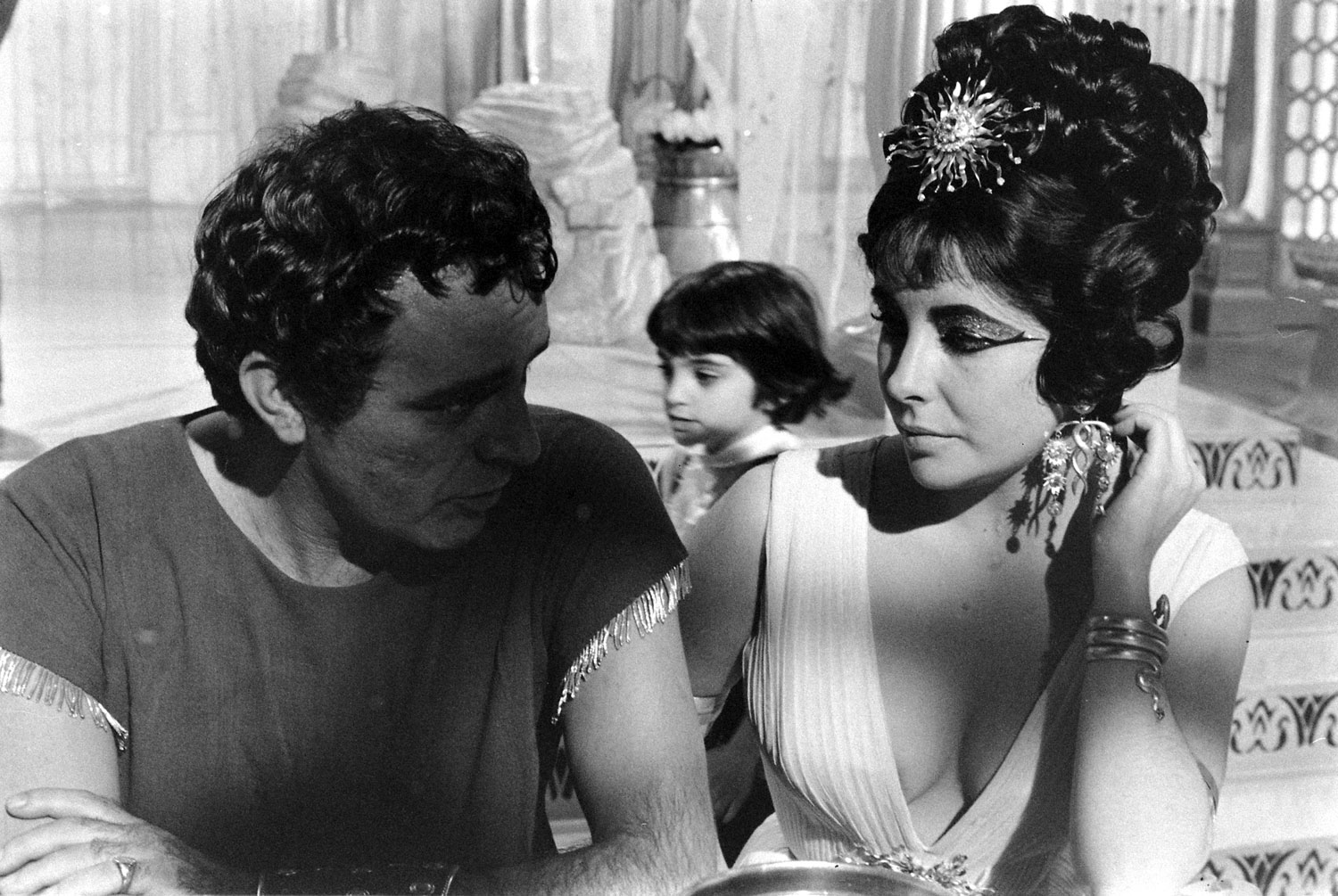

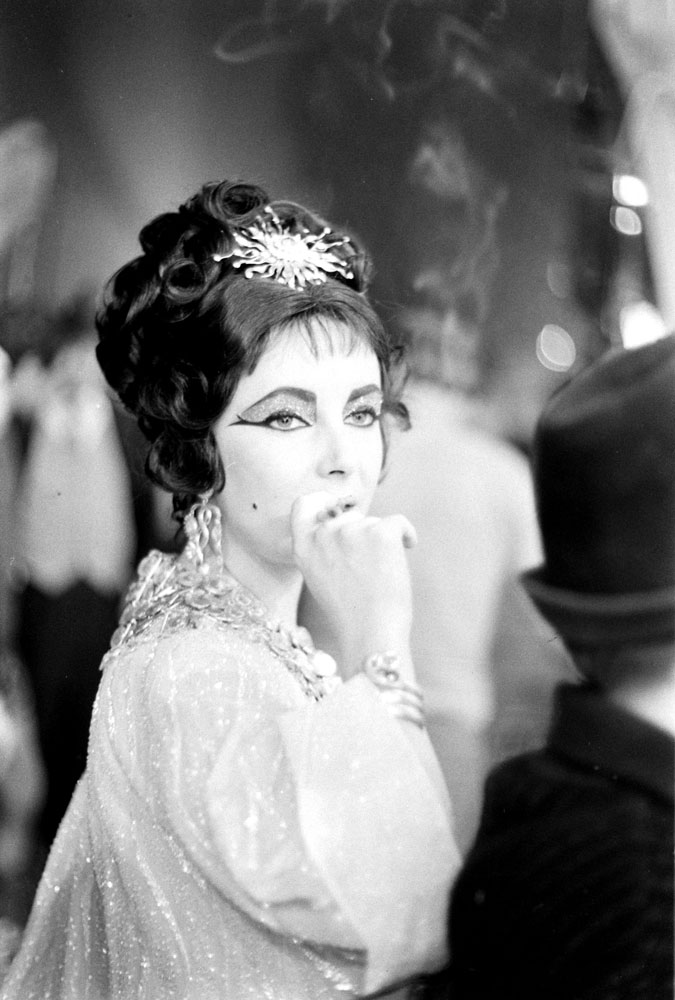
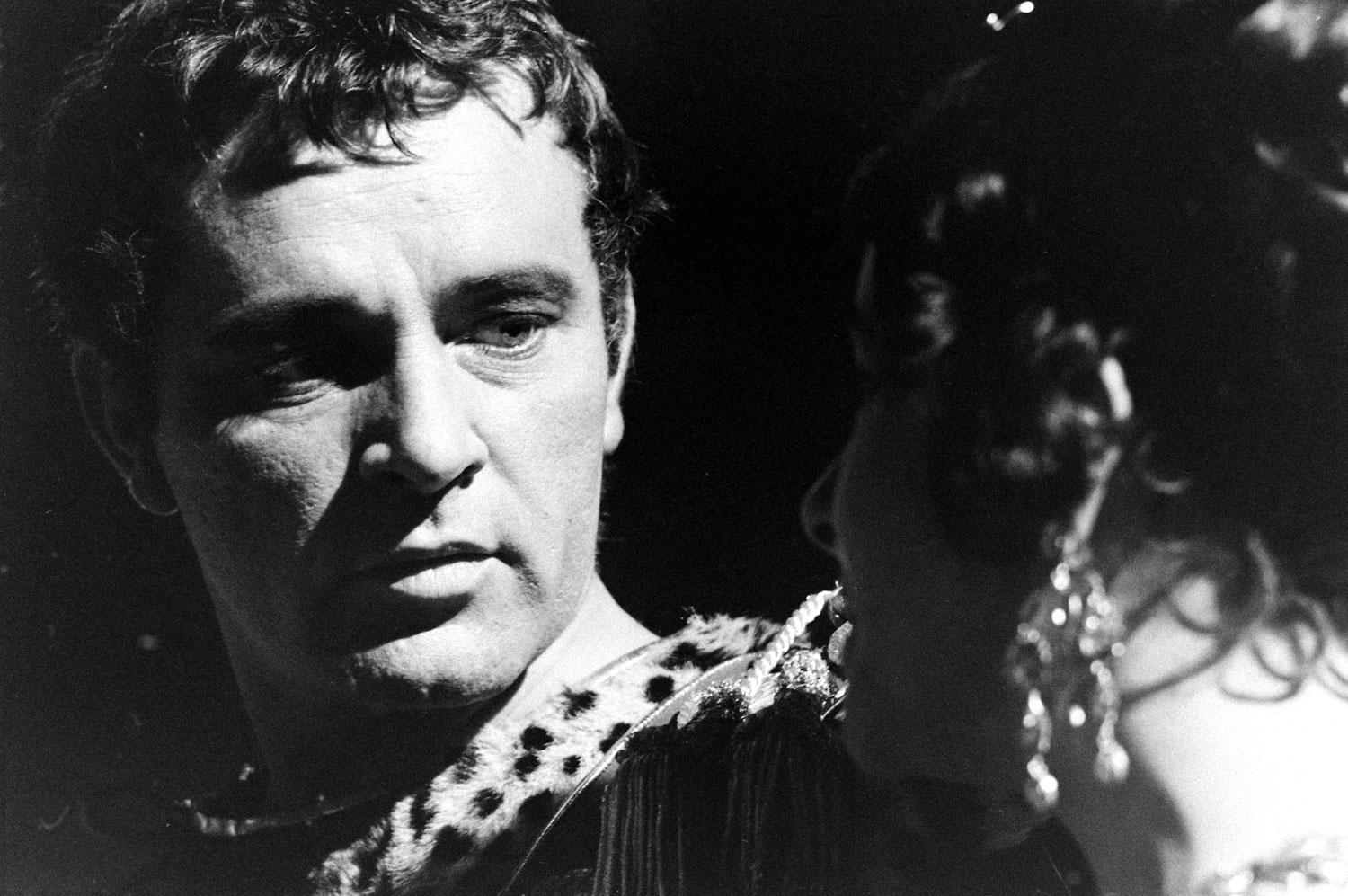
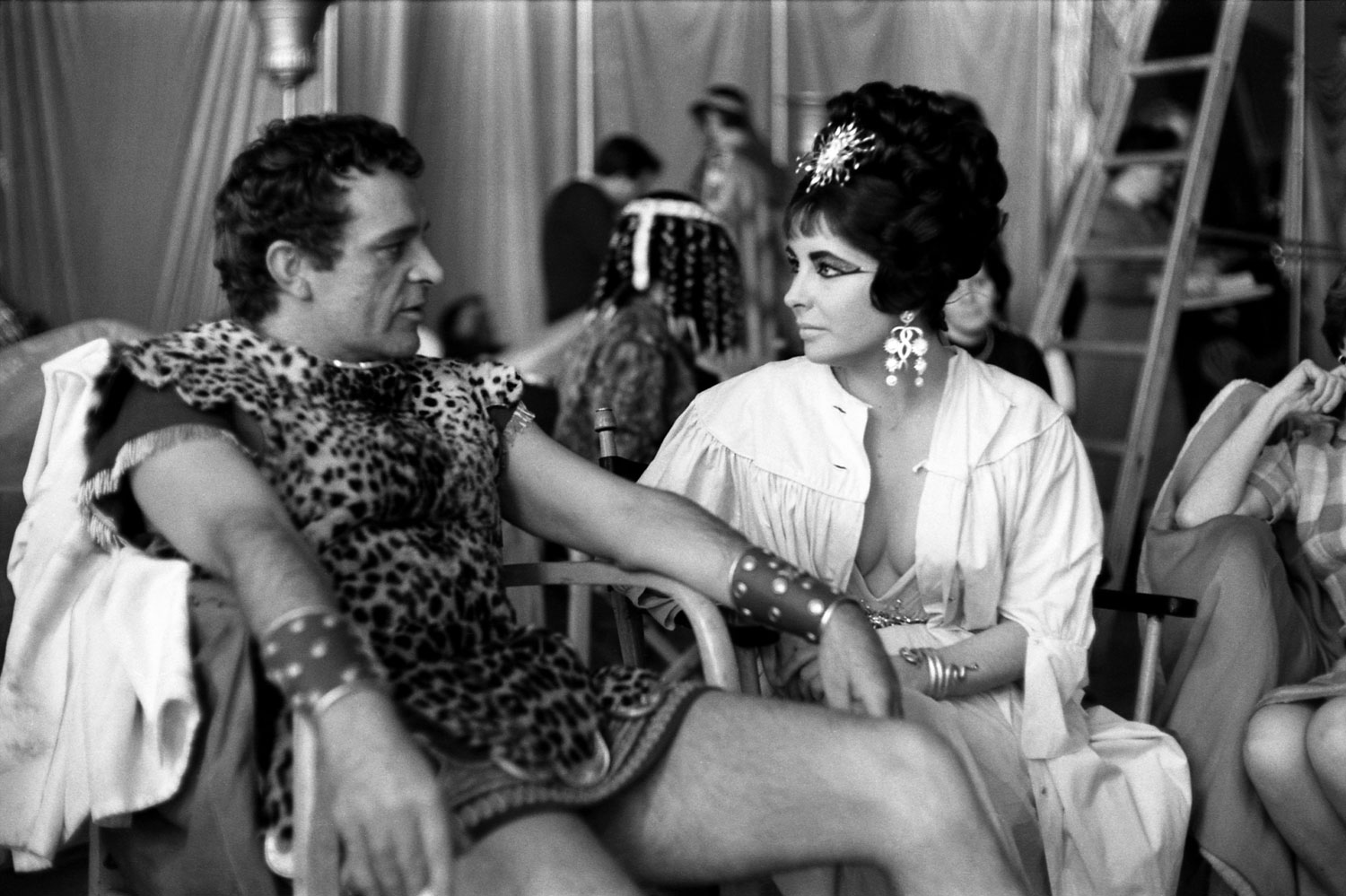
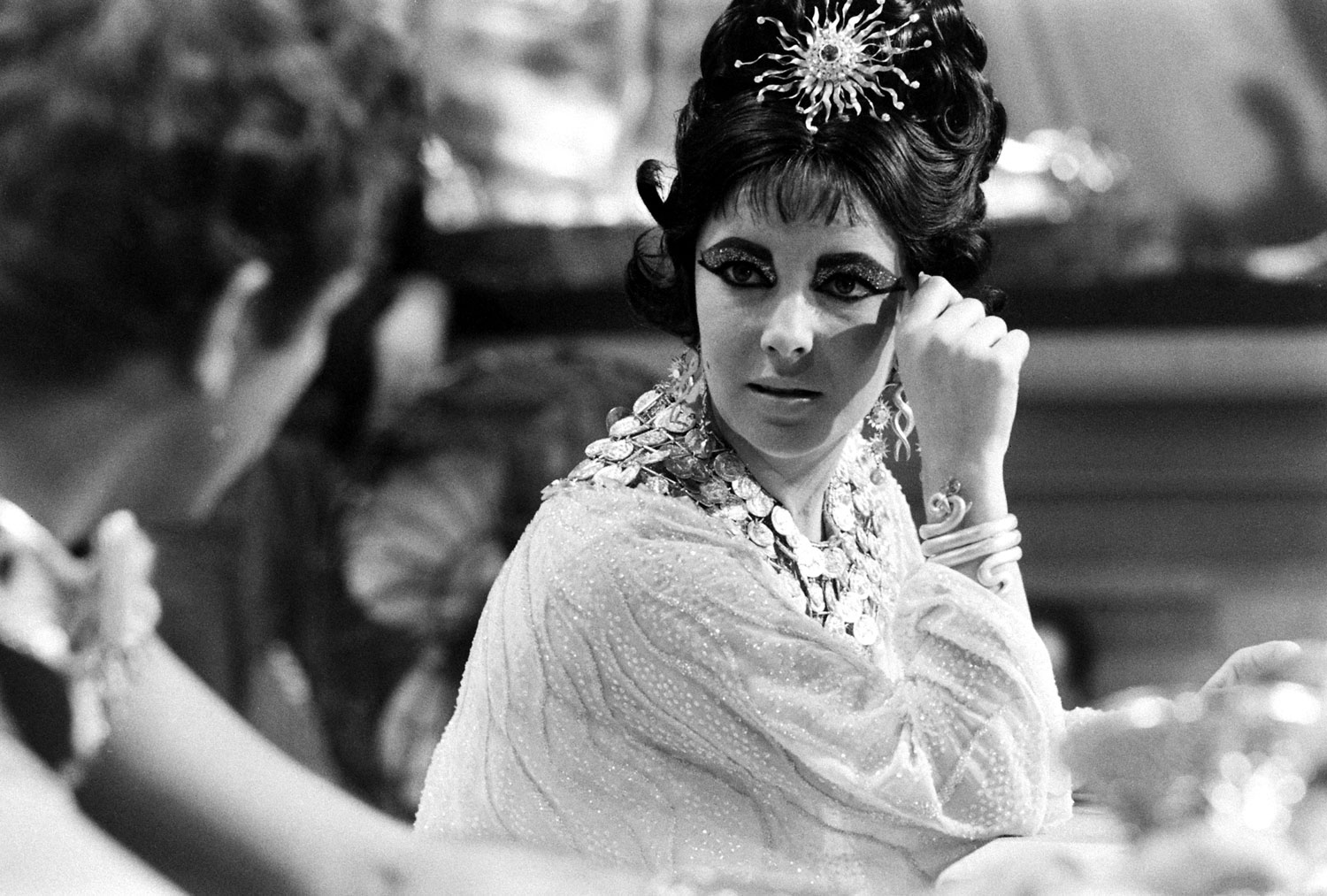
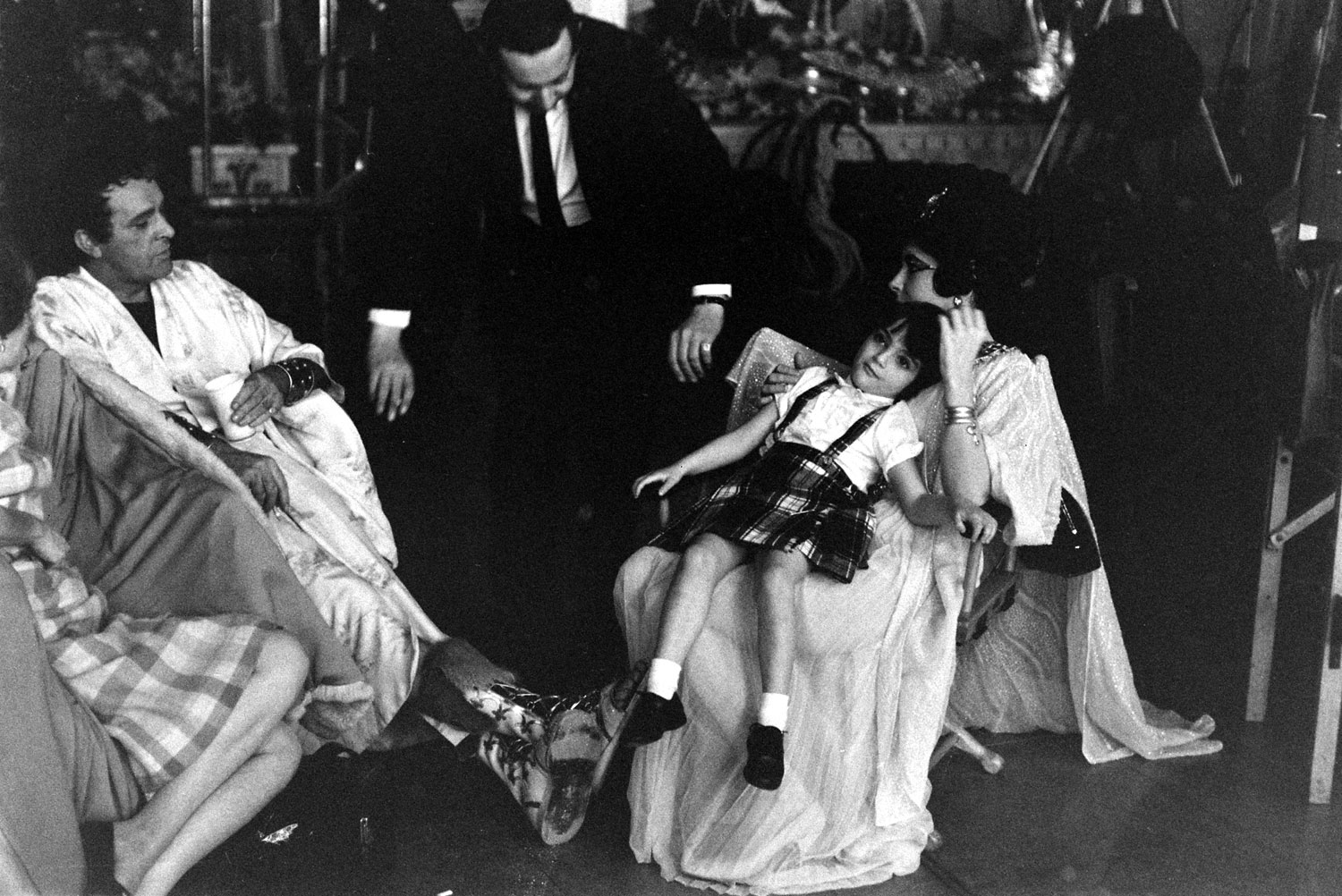
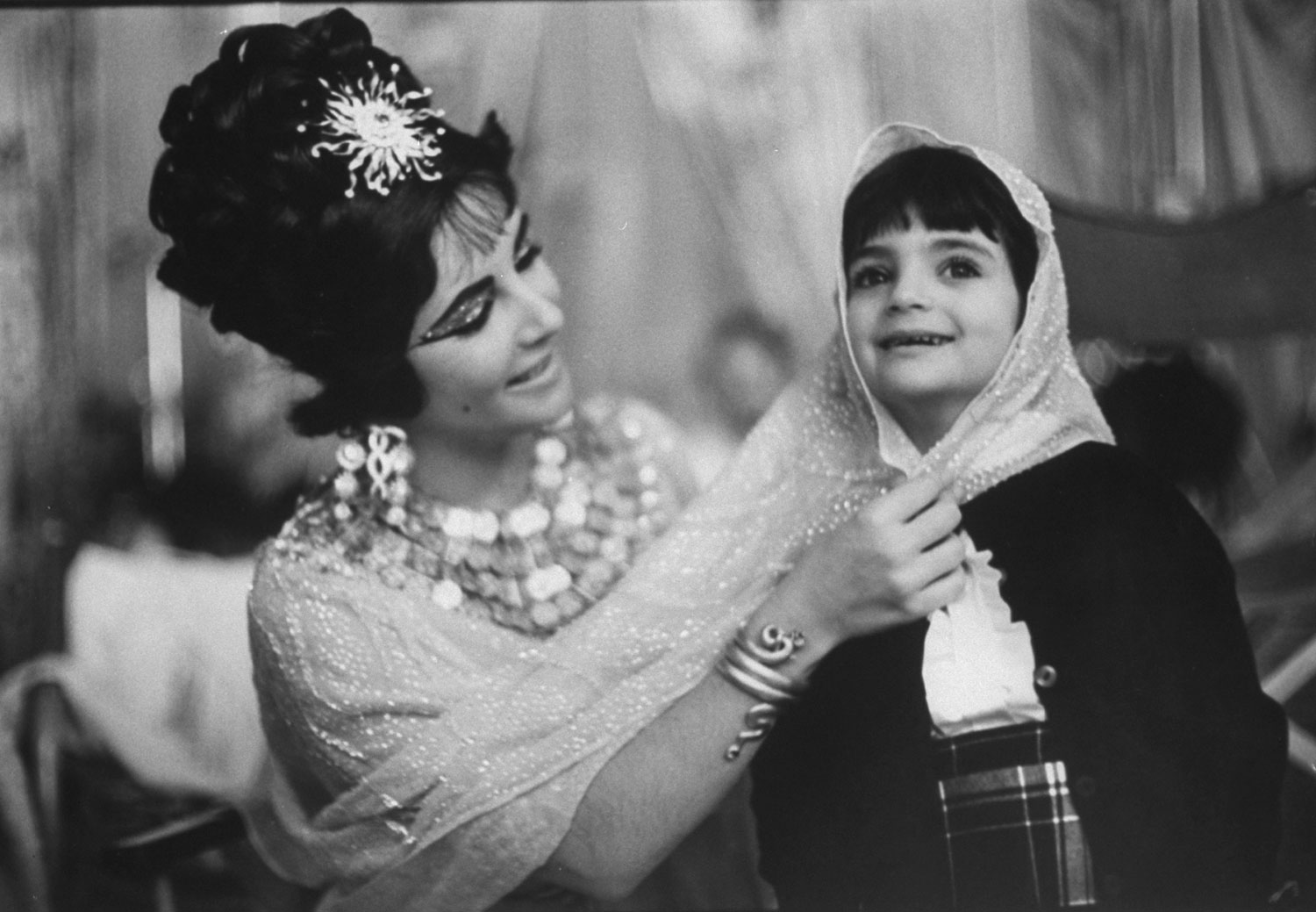
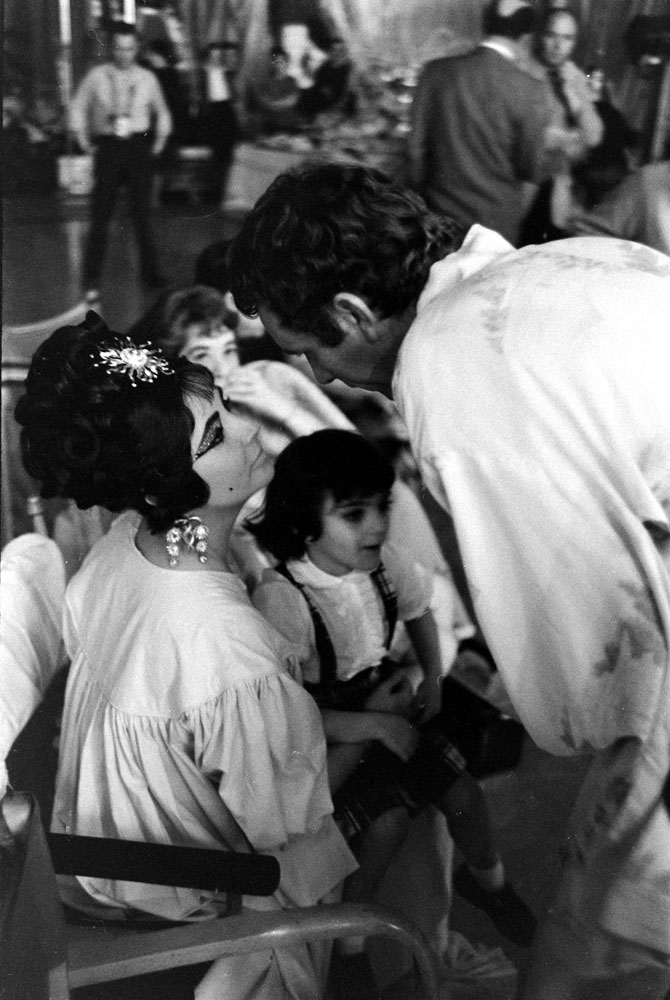
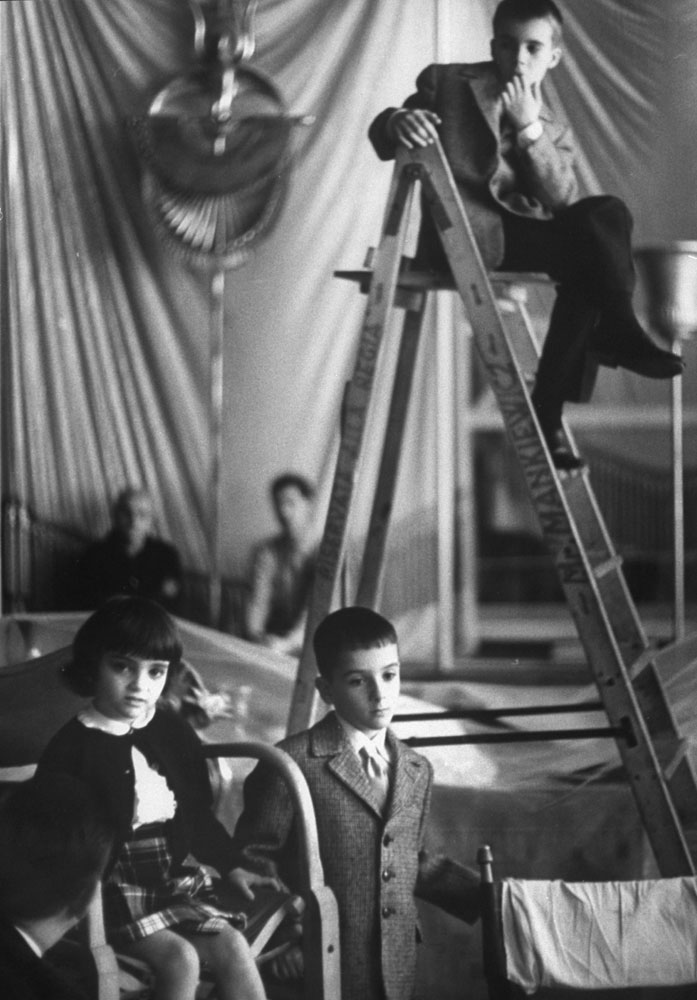
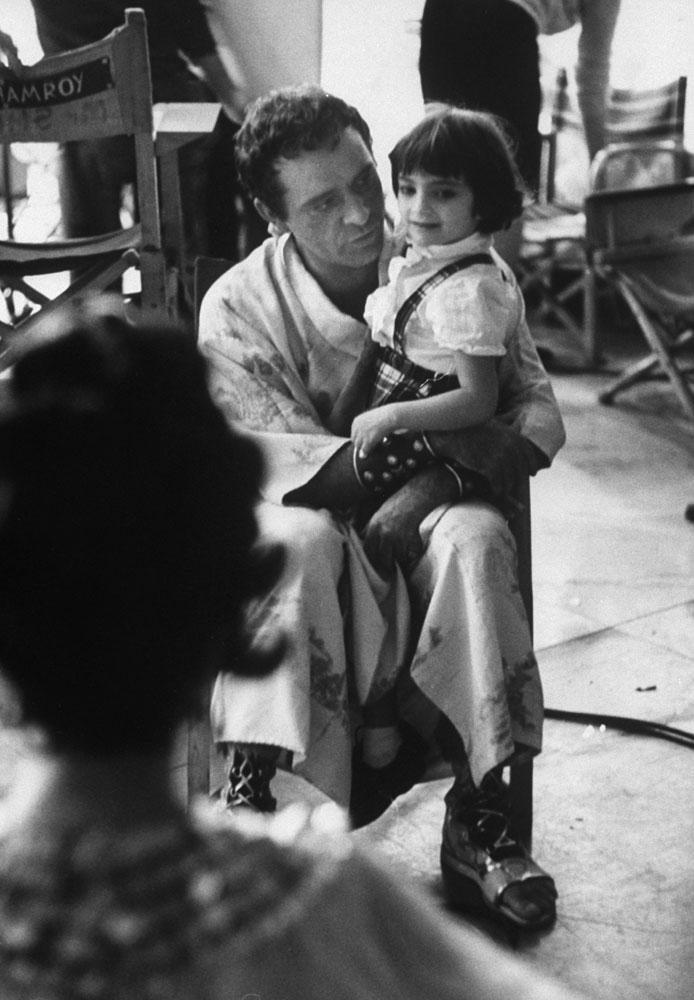

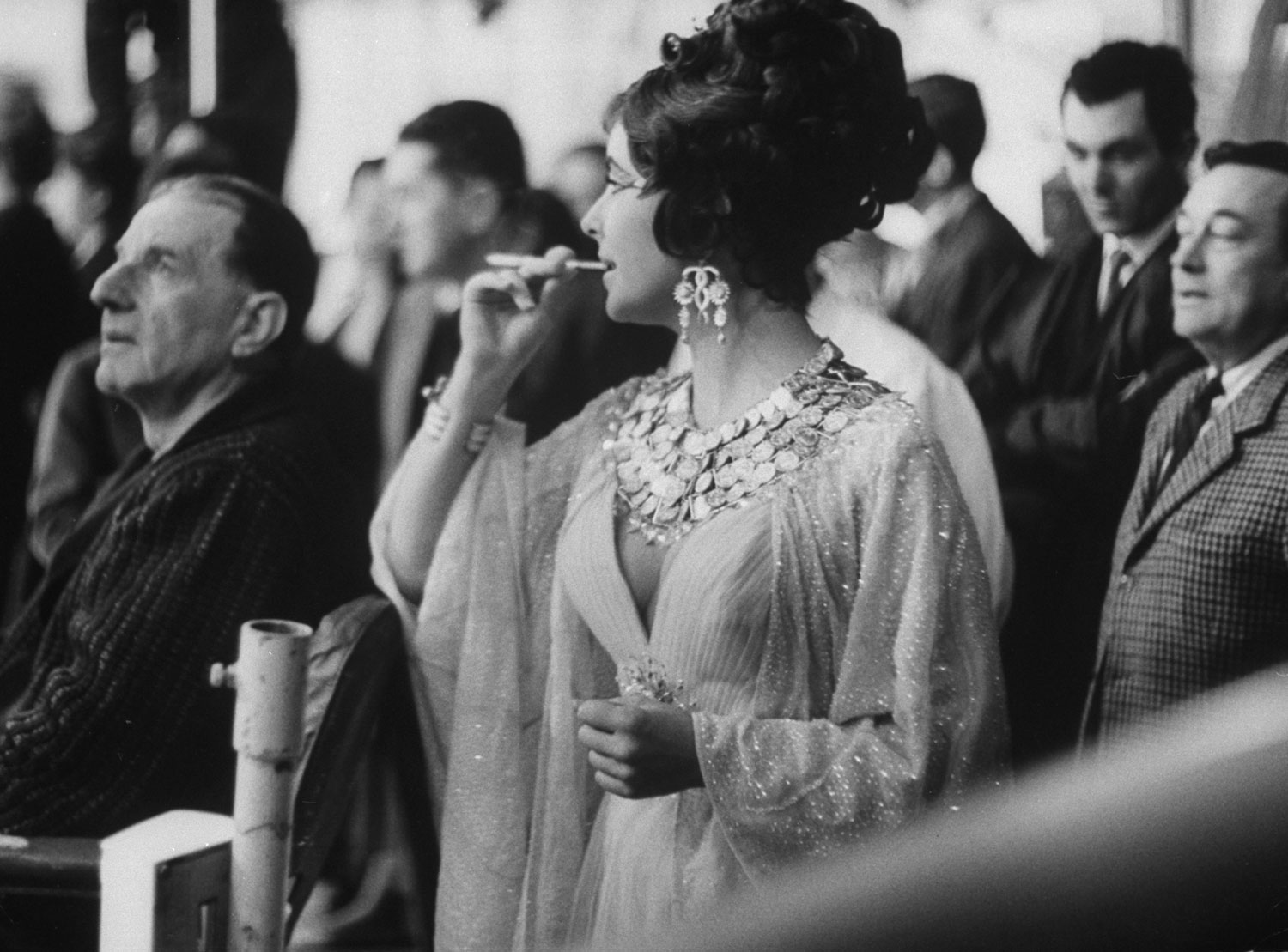
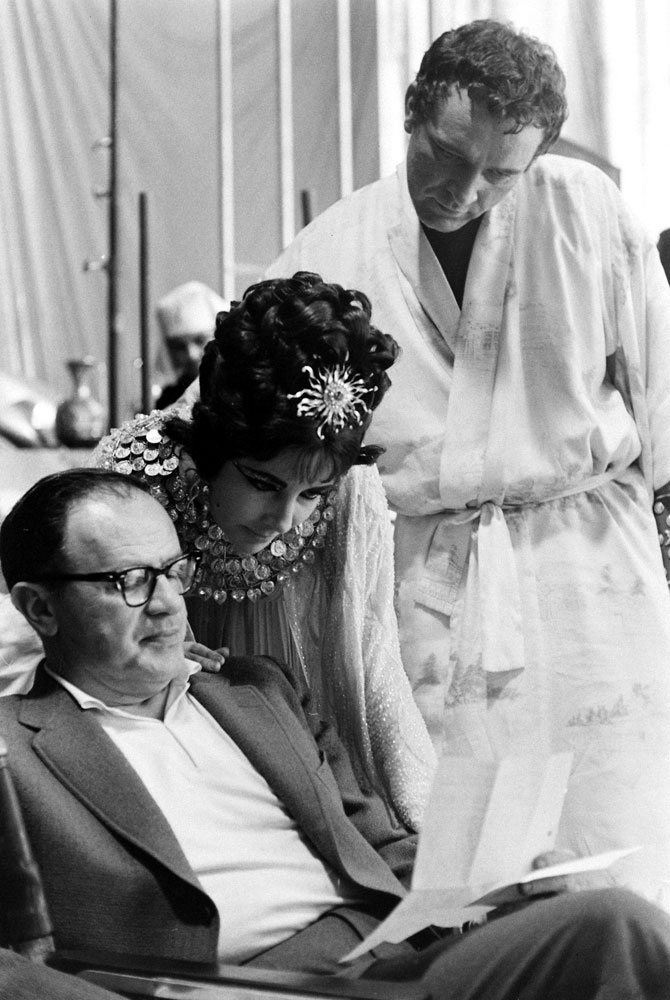
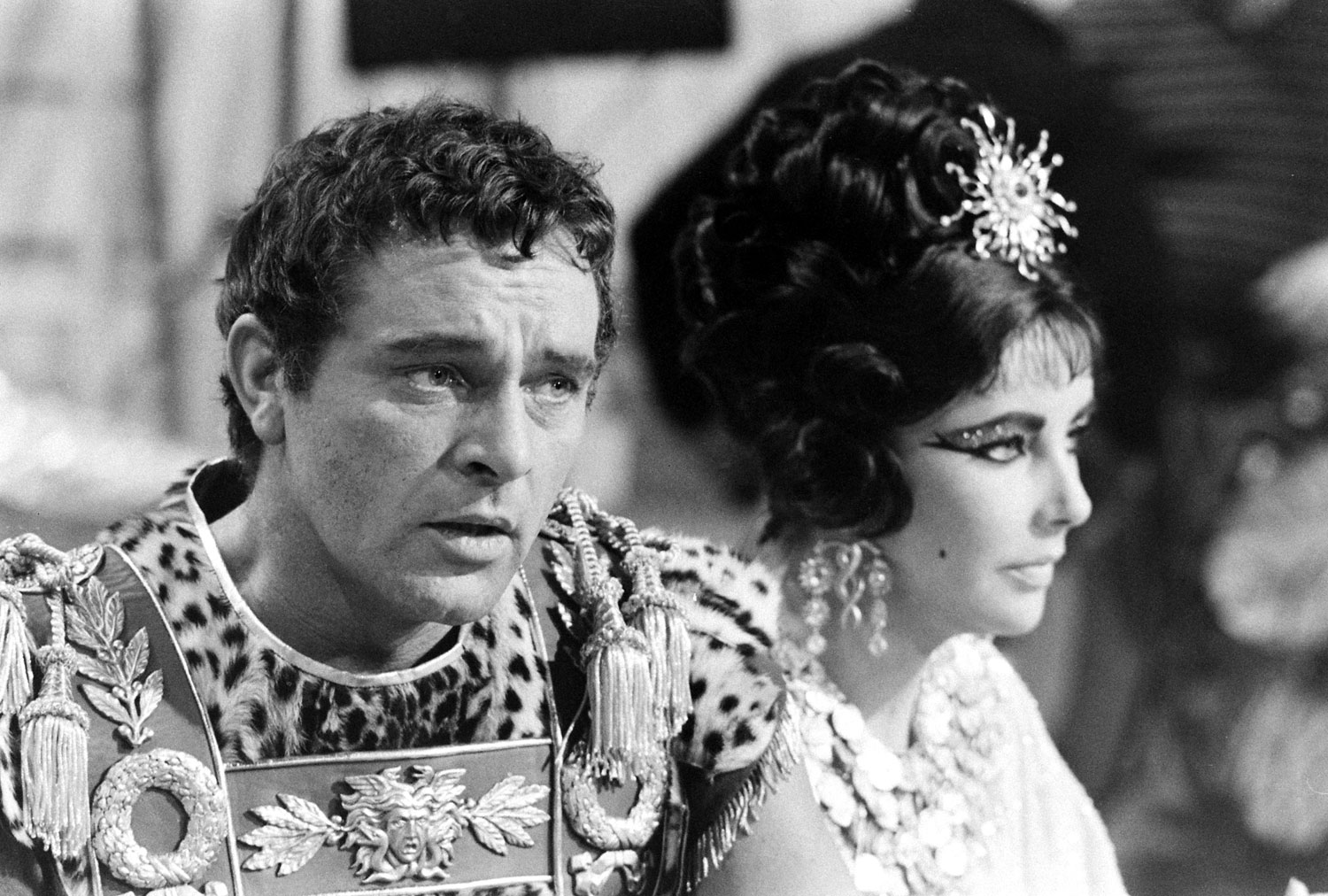
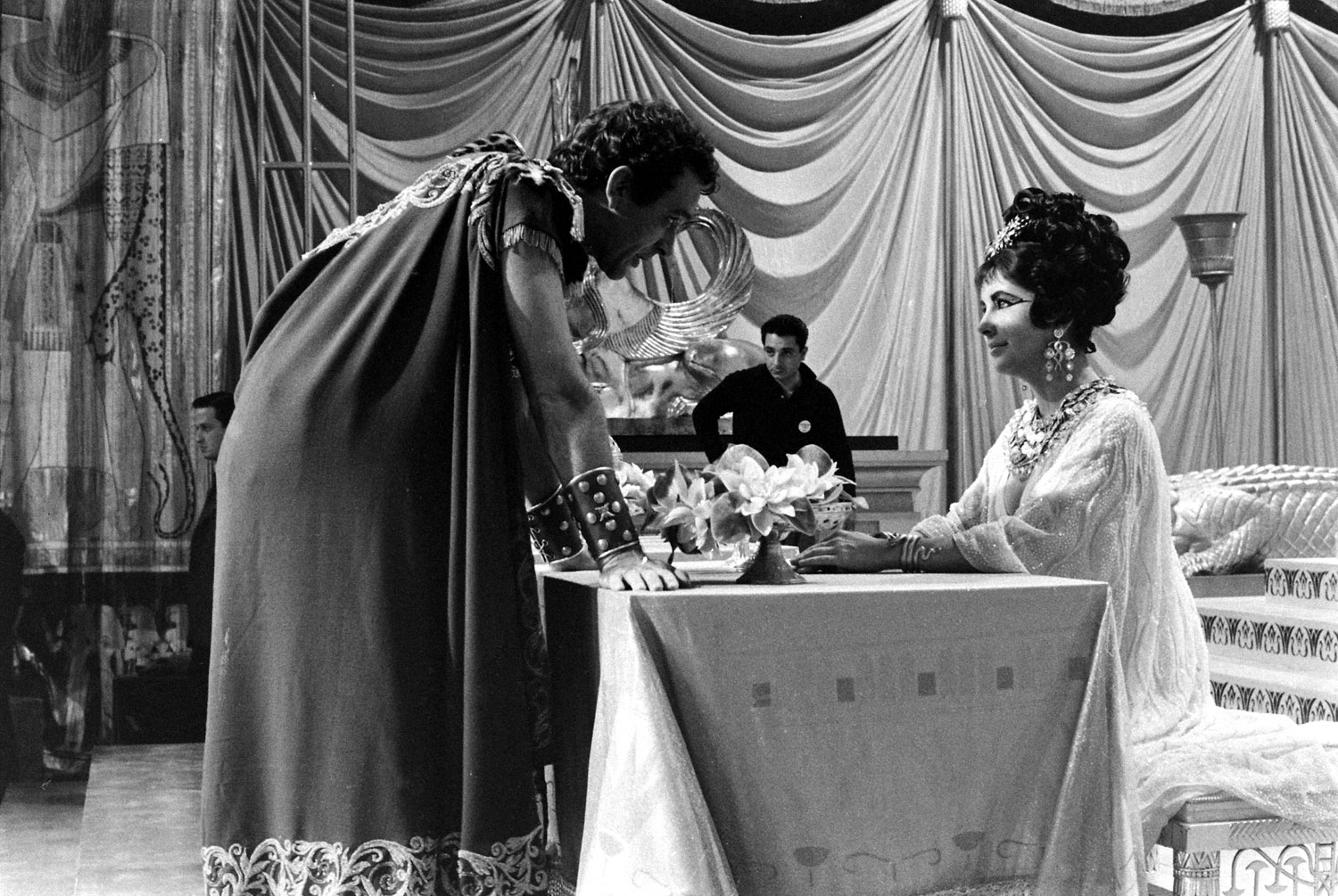
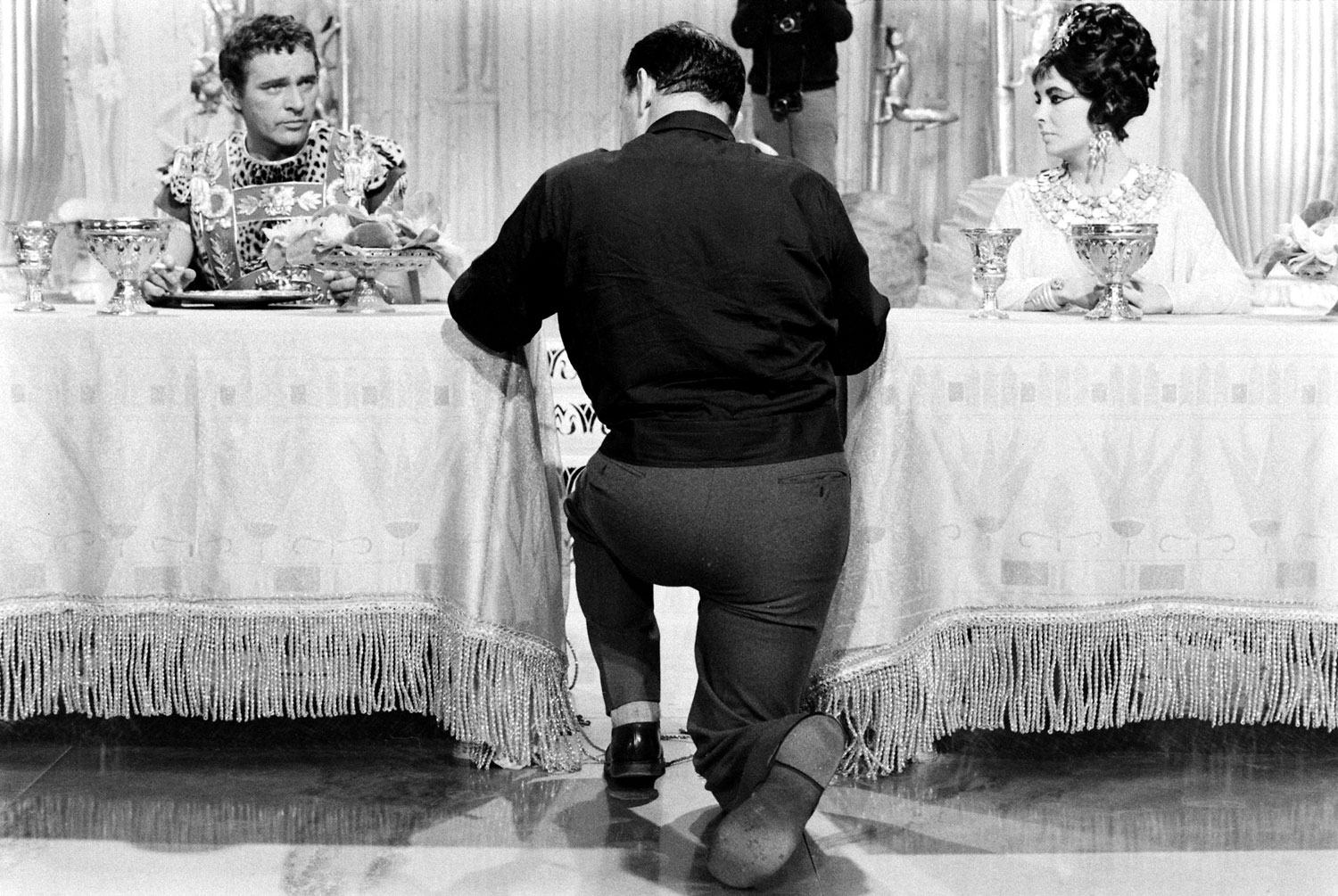
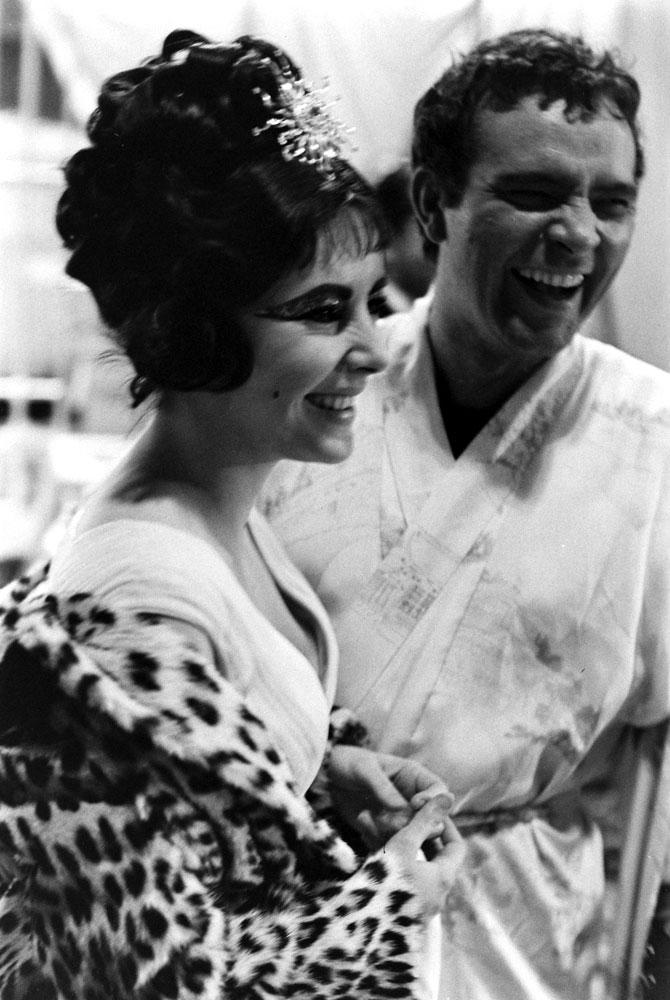


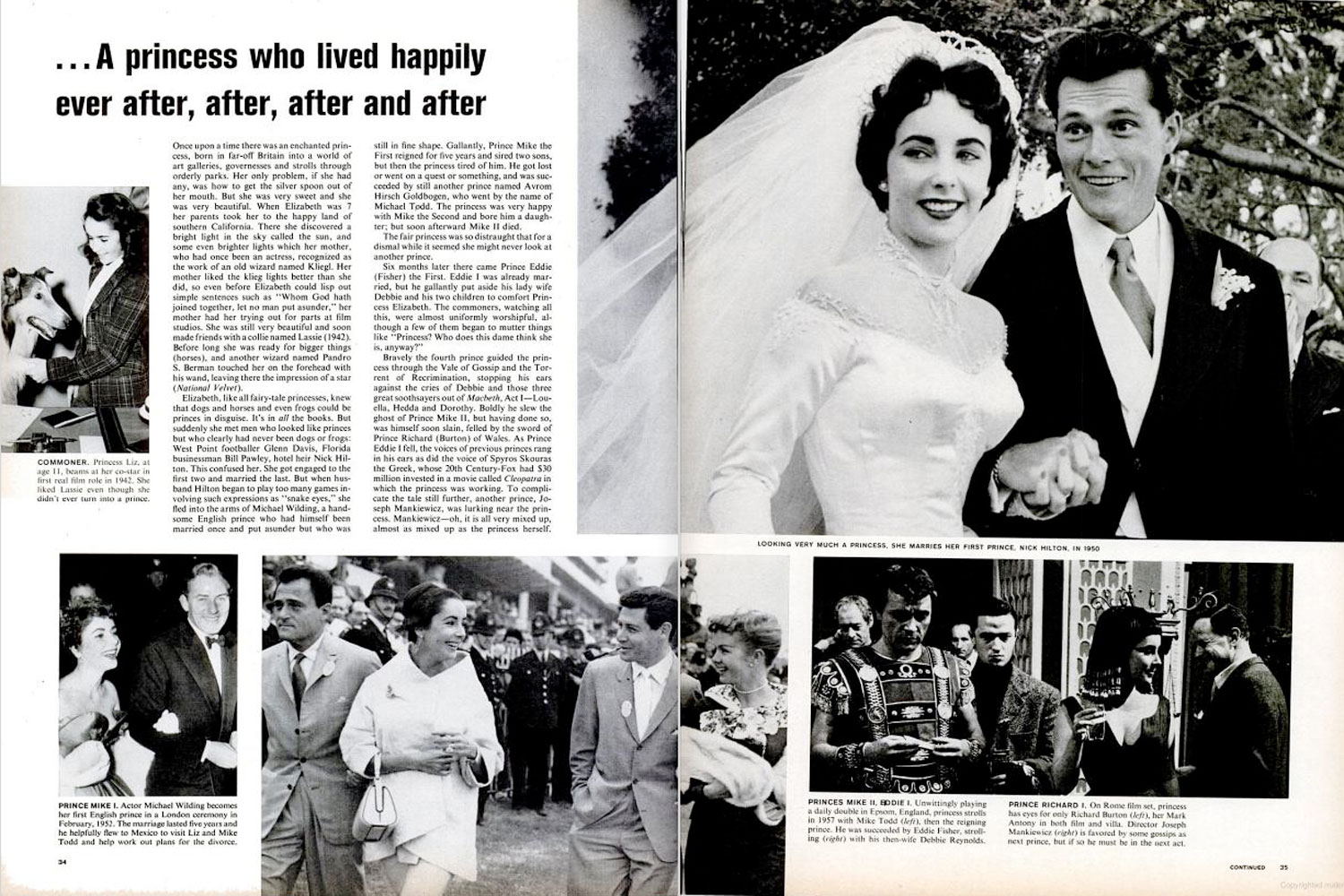
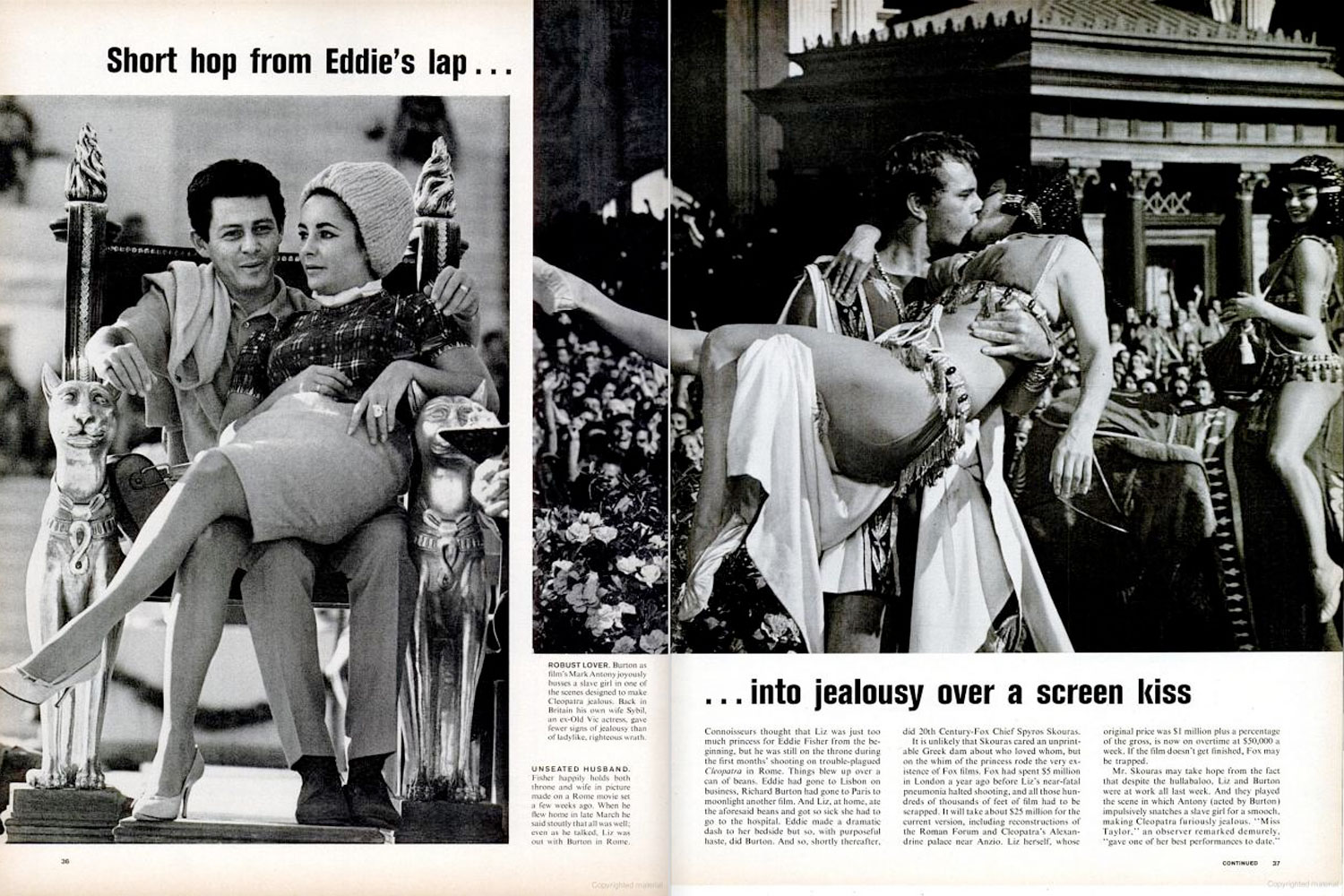
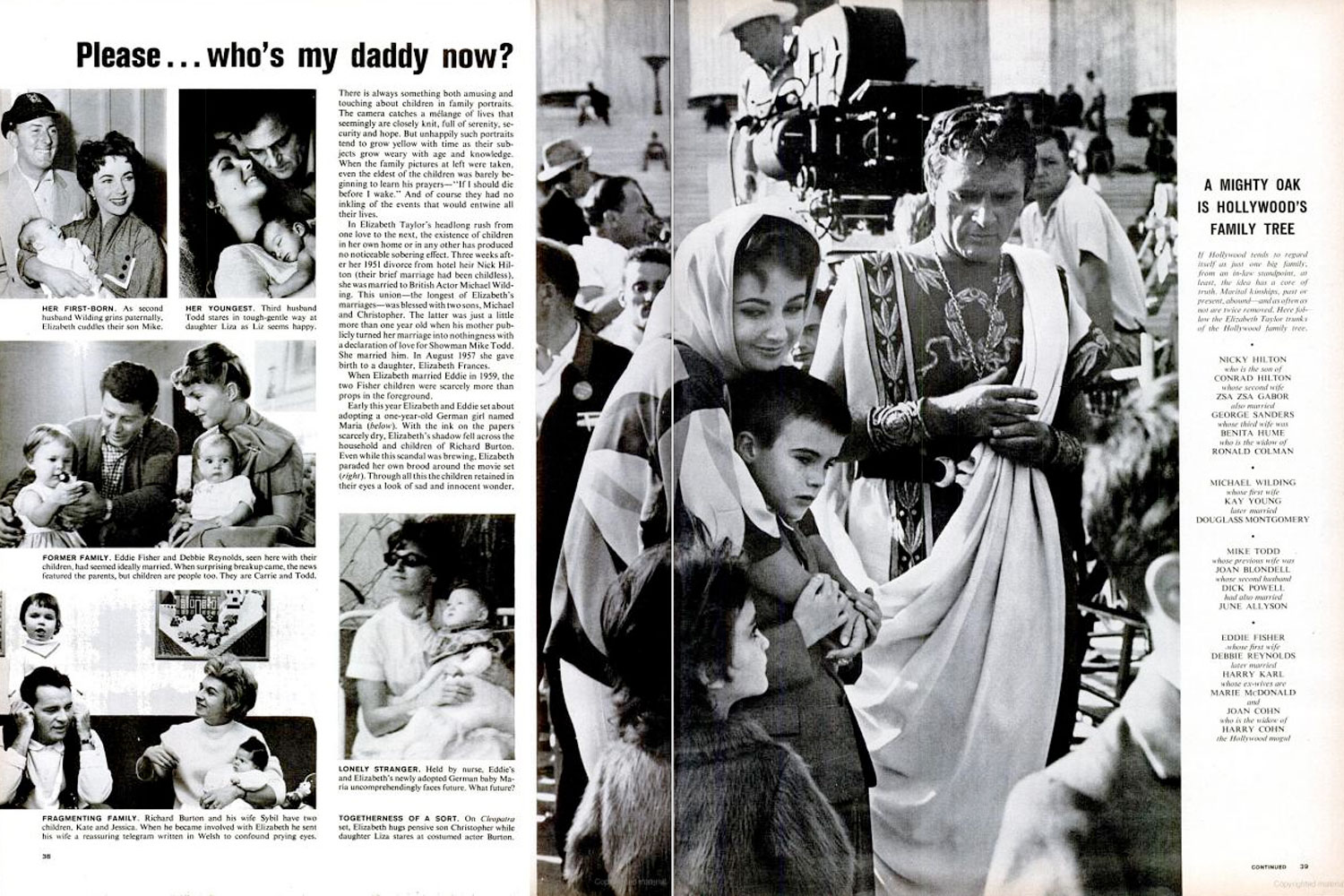
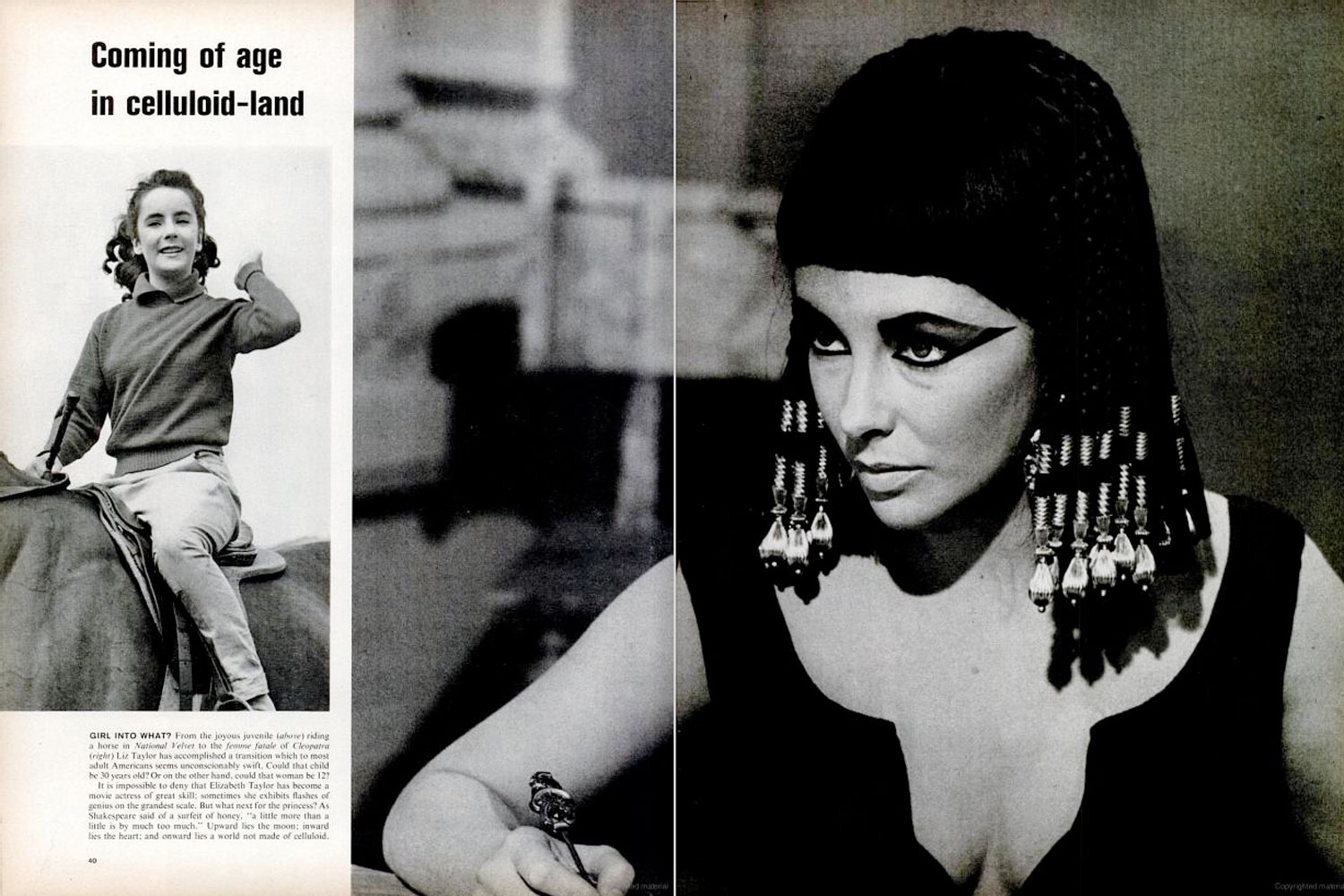
More Must-Reads from TIME
- Donald Trump Is TIME's 2024 Person of the Year
- Why We Chose Trump as Person of the Year
- Is Intermittent Fasting Good or Bad for You?
- The 100 Must-Read Books of 2024
- The 20 Best Christmas TV Episodes
- Column: If Optimism Feels Ridiculous Now, Try Hope
- The Future of Climate Action Is Trade Policy
- Merle Bombardieri Is Helping People Make the Baby Decision
Contact us at letters@time.com